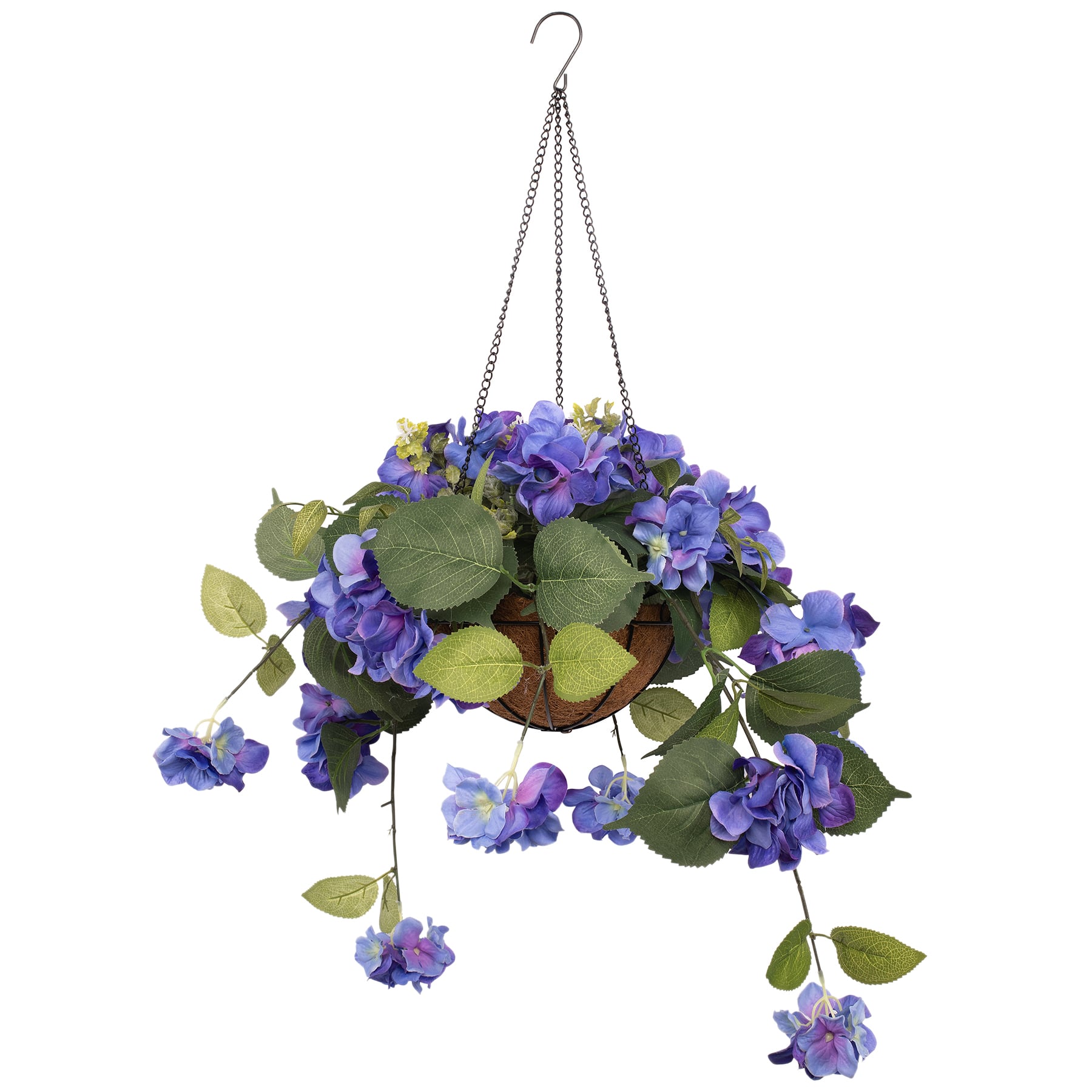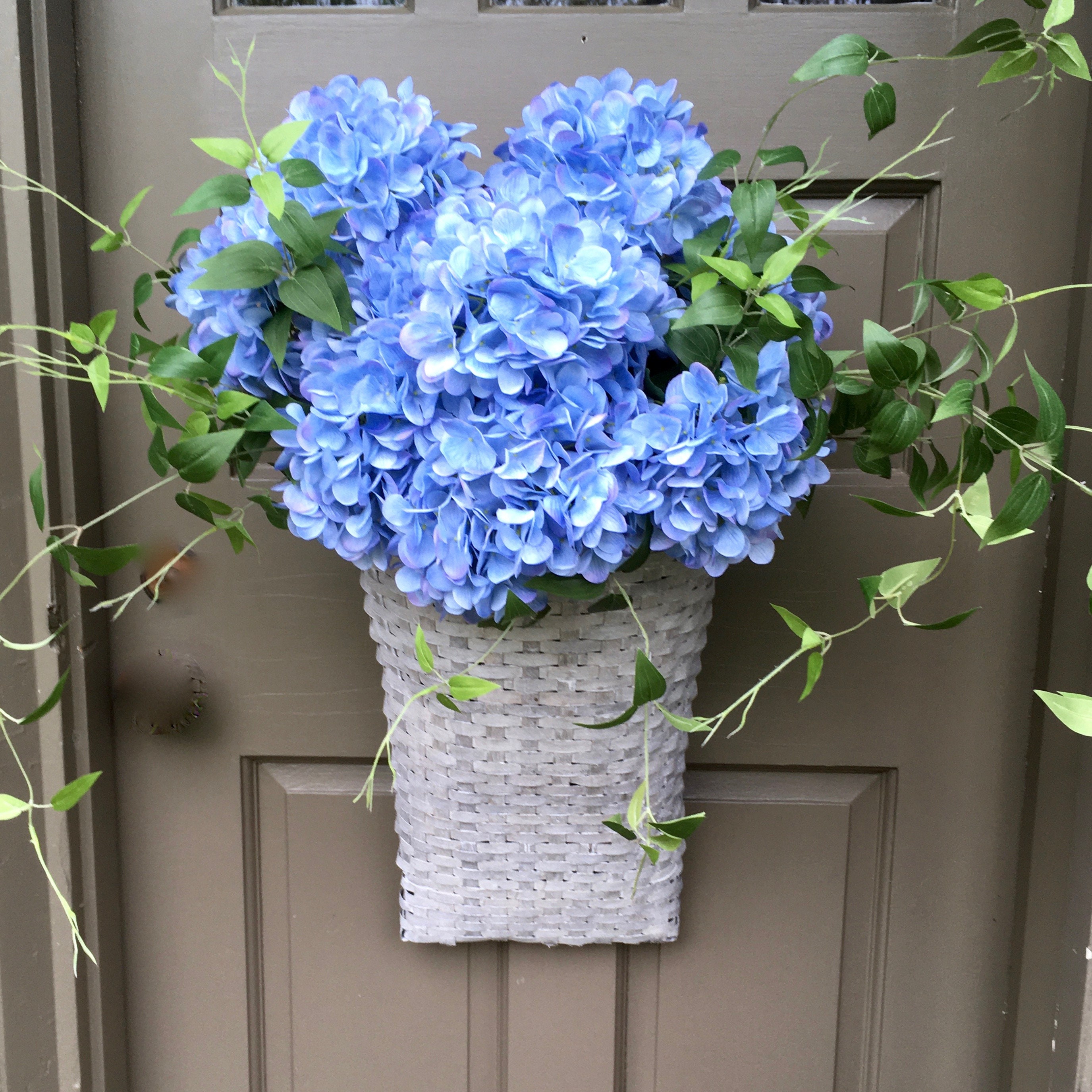Hanging Hydrangeas: The Perfect Way To Add Color And Drama To Your Outdoor Space
Hanging Hydrangeas: The Perfect Way to Add Color and Drama to Your Outdoor Space
Hydrangeas are some of the most popular flowering shrubs in the world, and for good reason. They come in a wide variety of colors, sizes, and shapes, and they can be grown in a variety of climates. Hanging hydrangeas are a particularly versatile option, as they can be used to add color and drama to any outdoor space.
In this blog post, we will discuss the benefits of hanging hydrangeas, how to choose the right ones for your needs, and how to care for them. We will also provide some tips on how to create stunning hanging hydrangea displays.
Benefits of Hanging Hydrangeas
There are many benefits to choosing hanging hydrangeas for your outdoor space. Here are a few of the most important ones:
- They are versatile. Hanging hydrangeas can be grown in a variety of climates, from USDA zones 3 to 9. They can also be grown in containers, so they are a good option for people who do not have a lot of space.
- They are colorful. Hanging hydrangeas come in a wide variety of colors, including blue, pink, purple, and white. This makes them a great way to add color and interest to your outdoor space.
- They are long-lasting. Hanging hydrangeas will bloom for several months, from early summer to fall. This means that you can enjoy their beauty for a long period of time.
- They are low-maintenance. Hanging hydrangeas are relatively easy to care for. They need regular watering, but they do not require a lot of fertilizer.
How to Choose Hanging Hydrangeas
When choosing hanging hydrangeas, there are a few factors you need to consider:
- The climate in your area. Make sure to choose a variety of hydrangea that is hardy in your climate zone.
- The size of your outdoor space. If you have a small space, choose a smaller variety of hydrangea. If you have more space, you can choose a larger variety.
- The color of the hydrangeas. Choose hydrangeas that will complement the colors of your home and other plants in your outdoor space.
- The type of container you will use. Hanging hydrangeas can be grown in a variety of containers, but make sure to choose a container that is large enough for the roots of the plant.
How to Care for Hanging Hydrangeas
Hanging hydrangeas are relatively easy to care for. Here are a few tips:
- Water regularly. Hanging hydrangeas need regular watering, especially during hot, dry weather.
- Fertilize once a month. Use a balanced fertilizer, such as 10-10-10, during the growing season.
- Deadhead spent flowers. This will encourage the plant to produce more flowers.
- Bring the plants indoors during the winter. If you live in a cold climate, you will need to bring your hanging hydrangeas indoors during the winter.
Tips for Creating Stunning Hanging Hydrangea Displays
There are many ways to create stunning hanging hydrangea displays. Here are a few ideas:
- Group hanging hydrangeas of different colors together. This will create a colorful and eye-catching display.
- Hang hydrangeas in front of a window or door. This will allow you to enjoy the beauty of the flowers from inside your home.
- Hang hydrangeas from a pergola or arbor. This will create a shady and inviting spot for you to relax.
- Hang hydrangeas from a tree branch. This will add a touch of elegance to your outdoor space.
- Combine hanging hydrangeas with other plants, such as annuals, perennials, or vines. This will create a more diverse and interesting display.
No matter how you choose to display your hanging hydrangeas, they are sure to add beauty and color to your outdoor space. With a little care and attention, you can enjoy their blooms for years to come.
Do you love the beauty of hydrangeas but don't have the space for a large bush? If so, you may want to consider growing a hanging hydrangea. These vines can grow up to 30 feet long and produce beautiful clusters of flowers in shades of white, pink, and blue.
Hanging hydrangeas are relatively easy to care for and can be grown in USDA zones 4-9. They prefer full sun to partial shade and moist, well-drained soil. To encourage flowering, fertilize your hanging hydrangea in the spring with a balanced fertilizer.
If you're looking for a unique and beautiful addition to your garden, a hanging hydrangea is a great option. For more information about these plants, visit .
FAQ of hanging hydrangea
1. What are the different types of hanging hydrangeas?
There are a few different types of hanging hydrangeas, including:
- Cascade hydrangeas: These hydrangeas have trailing stems that can grow up to 6 feet long. They produce clusters of small, white flowers that bloom in the summer.
- Miniature hydrangeas: These hydrangeas are smaller than standard hydrangeas, and they can be grown in hanging baskets or containers. They produce clusters of small, pink or blue flowers.
- Self-watering hanging baskets: These baskets have a built-in reservoir that helps to keep the hydrangeas hydrated. This makes them a good choice for people who are forgetful or who don't have a lot of time to water their plants.
2. What are the best conditions for growing hanging hydrangeas?
Hanging hydrangeas need full sun to partial shade and well-drained soil. They are not drought-tolerant, so they need to be watered regularly, especially during hot weather.
3. How do I care for hanging hydrangeas?
In addition to watering regularly, hanging hydrangeas also need to be fertilized once a month during the growing season. You can use a balanced fertilizer, such as 10-10-10.
4. How do I deadhead hanging hydrangeas?
Deadheading is the process of removing spent blooms. This helps to encourage new growth and prevent the plant from setting seed. You can deadhead hanging hydrangeas by pinching off the spent blooms with your fingers.
5. How do I overwinter hanging hydrangeas?
If you live in a cold climate, you may need to overwinter your hanging hydrangeas indoors. To do this, move the plant to a cool, dark location and water it sparingly. In the spring, you can bring the plant back outdoors once the weather has warmed up.
Image of hanging hydrangea
- A hanging basket overflowing with blue hydrangeas. The hydrangeas are in full bloom, and their delicate petals cascade down the sides of the basket. The basket is hanging from a hook on a white fence, and the hydrangeas are surrounded by lush green foliage.

- A white picket fence adorned with hanging hydrangeas. The hydrangeas are in various shades of pink and blue, and they add a touch of elegance to the white picket fence. The hydrangeas are in full bloom, and their delicate petals cascade down the sides of the fence.

- A hanging basket of pink hydrangeas in front of a white house. The hydrangeas are in full bloom, and their delicate petals cascade down the sides of the basket. The basket is hanging from a hook on a white porch, and the hydrangeas are in front of a white house with green shutters.
- A hanging basket of purple hydrangeas in a garden. The hydrangeas are in full bloom, and their delicate petals cascade down the sides of the basket. The basket is hanging from a hook on a tree in a garden, and the hydrangeas are surrounded by other flowers, such as roses and lilies.

- A hanging basket of blue hydrangeas in a park. The hydrangeas are in full bloom, and their delicate petals cascade down the sides of the basket. The basket is hanging from a hook on a light post in a park, and the hydrangeas are surrounded by people enjoying the outdoors.

Post a Comment for "Hanging Hydrangeas: The Perfect Way To Add Color And Drama To Your Outdoor Space"